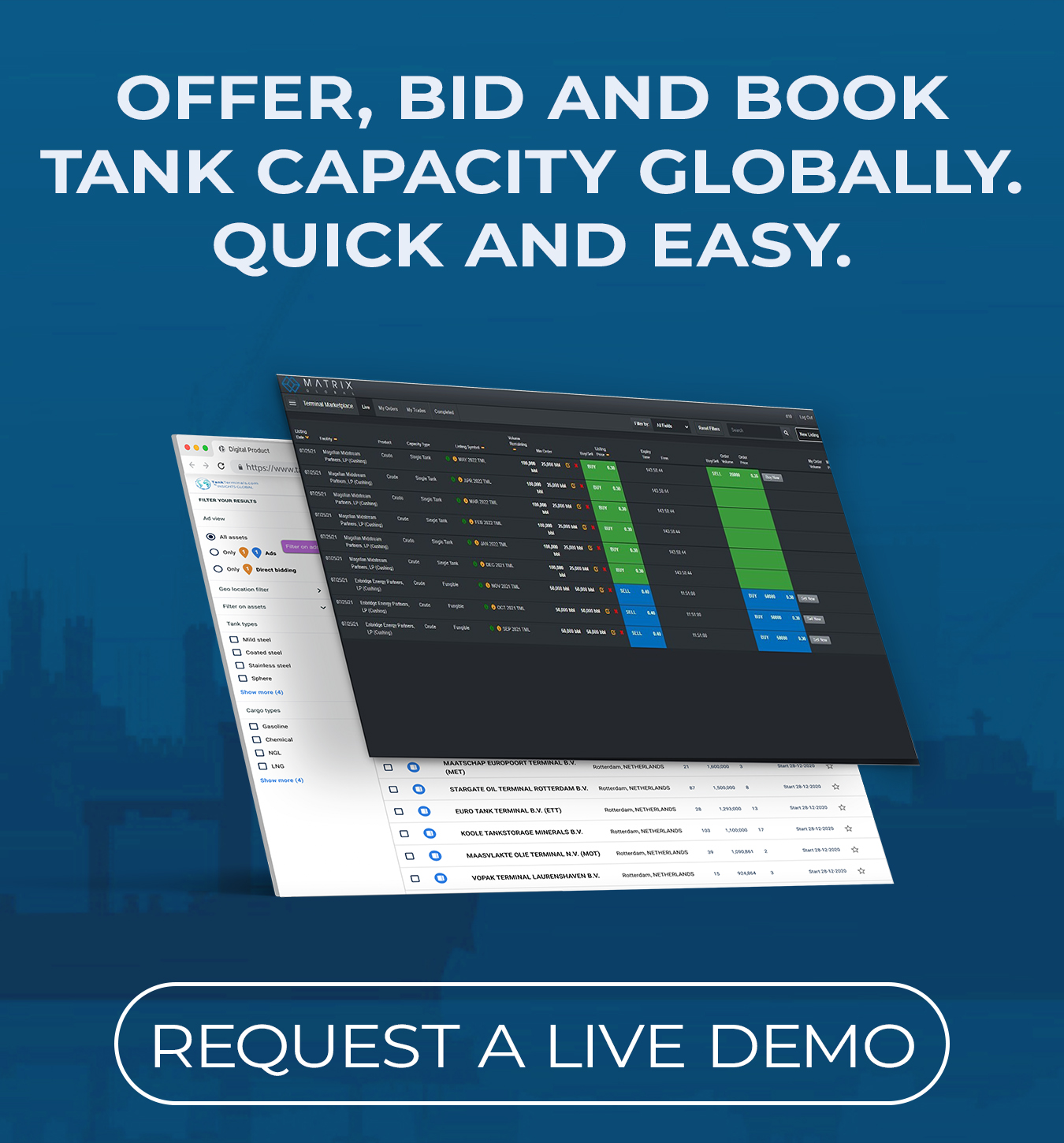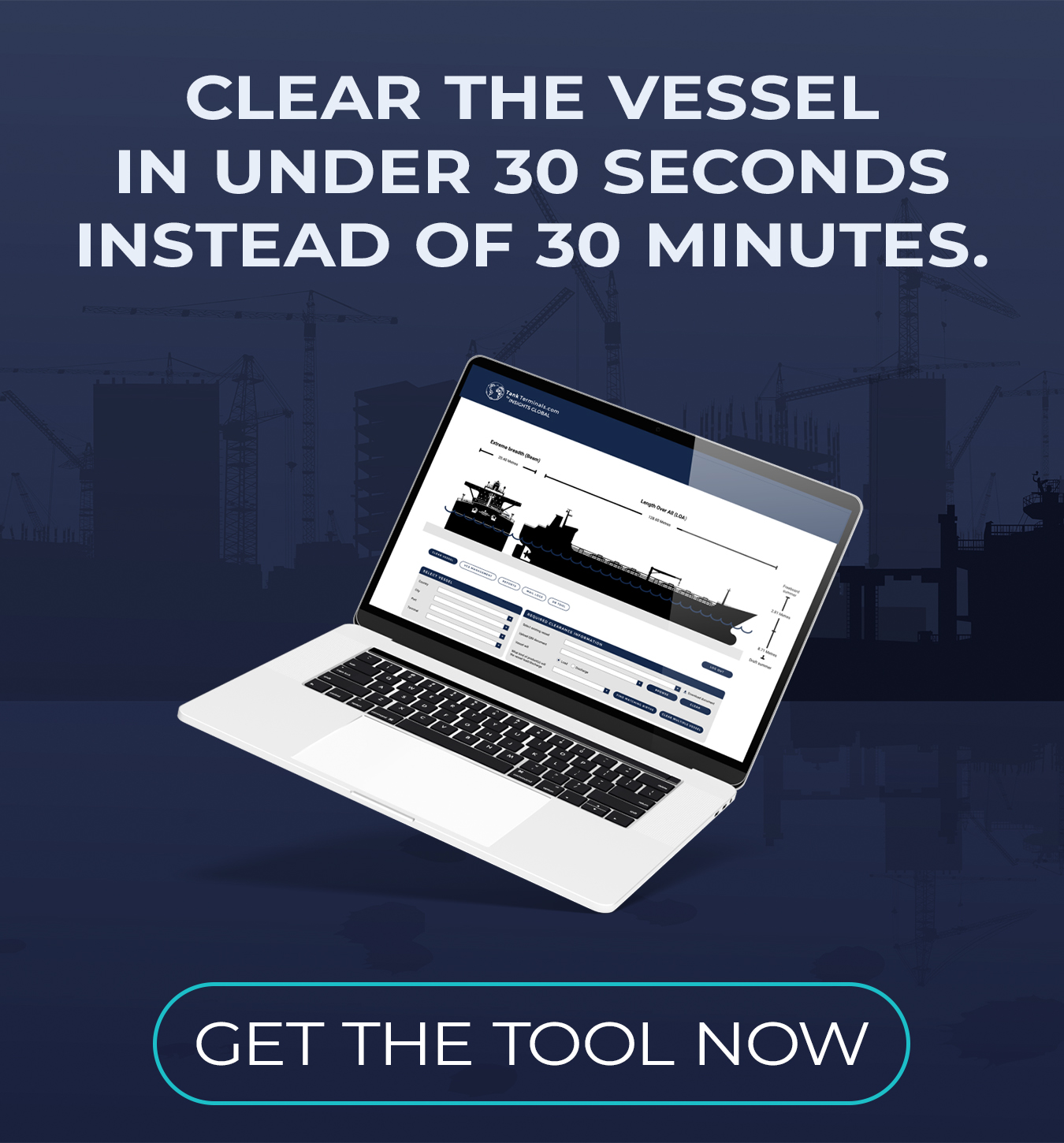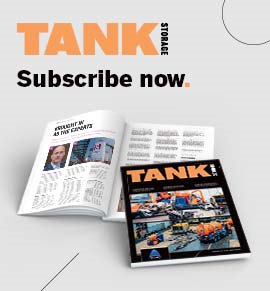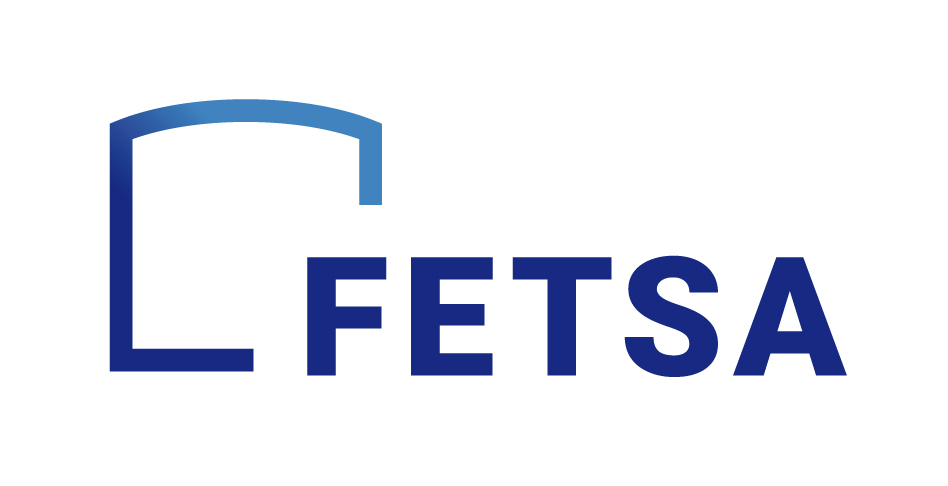This “cash-and-carry” strategy rewards market participants with access to storage or finance at the lowest cost. It is providing huge profits for physical commodity merchants, investment banks, and the owners and operators of warehouses and tank farms during the downturn, and helps explain the record profitability from commodity operations reported recently by some of the largest banking and trading groups.
In the current market, the cash-and-carry strategy rewards well-connected “insiders” such as investment and commercial banks able to secure almost unlimited financing at zero-cost as a result of quantitative easing programmes.
DOING THE CONTANGO
In a contango market, the Futures Price = Spot Price + Finance (interest rate on the money borrowed to own the physical commodity) + Storage (cost of hiring tanks, tankers or warehouses) + Insurance (premiums for insuring the commodity against loss, sinking, damage, theft etc). More generally, the equation can be re-written to cover any market (whether contango or backwardation, when the futures price is below spot) so the Futures Price = Spot + Finance + Storage + Insurance – Scarcity/Prompt/Convenience Premium. The prompt premium is the additional price a consumer is prepared to have spare material on hand “just in case” rather than risk having to go out into the market and buy it at an uncertain price or even find it is unavailable.
When commodity inventories are low, the convenience/scarcity/prompt premium can become very large and dominates all the other terms in the equation, ensuring the futures price is below the spot, and the market is in backwardation. But otherwise the term is small and the cost of finance and storage exceeds the convenience/prompt premium and the market is in contango.
In practice, we can ignore the insurance term because (a) it tends to be quite small and (b) does not change very much. For this analysis, we will also ignore the prompt/convenience premium since markets are well supplied at present and expected to remain so for the foreseeable future, with high stocks of crude oil, aluminium and other commodities.









